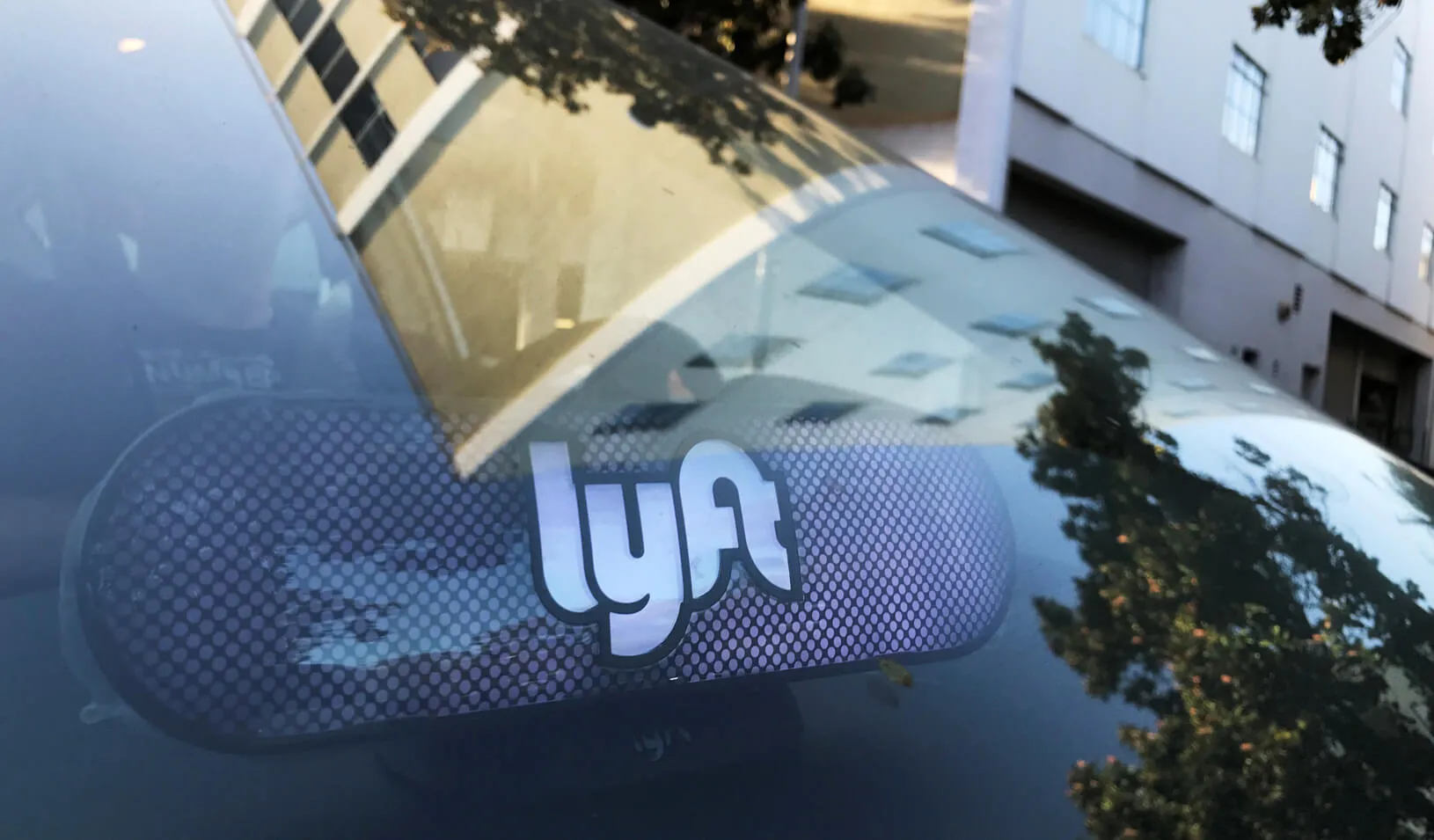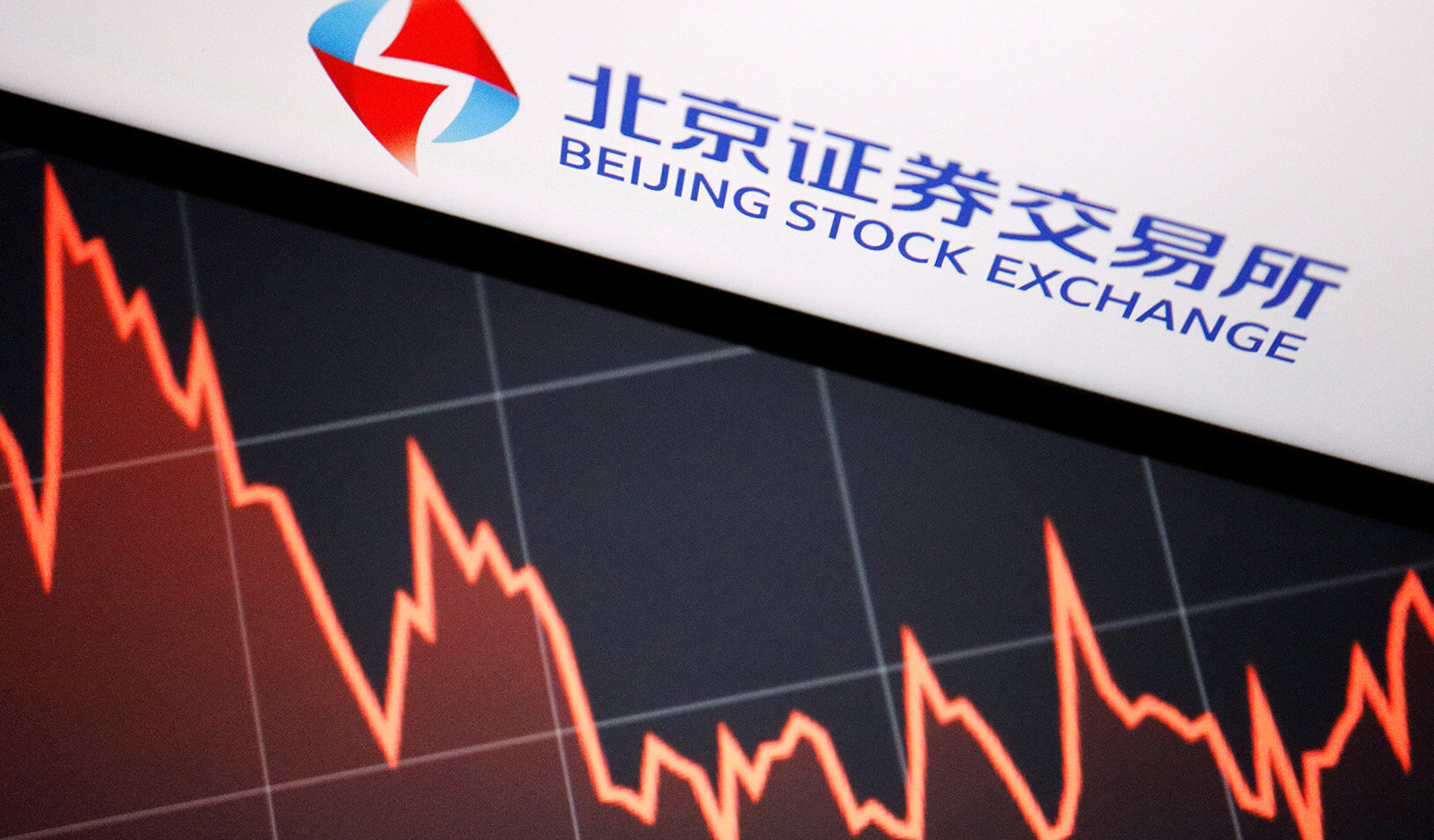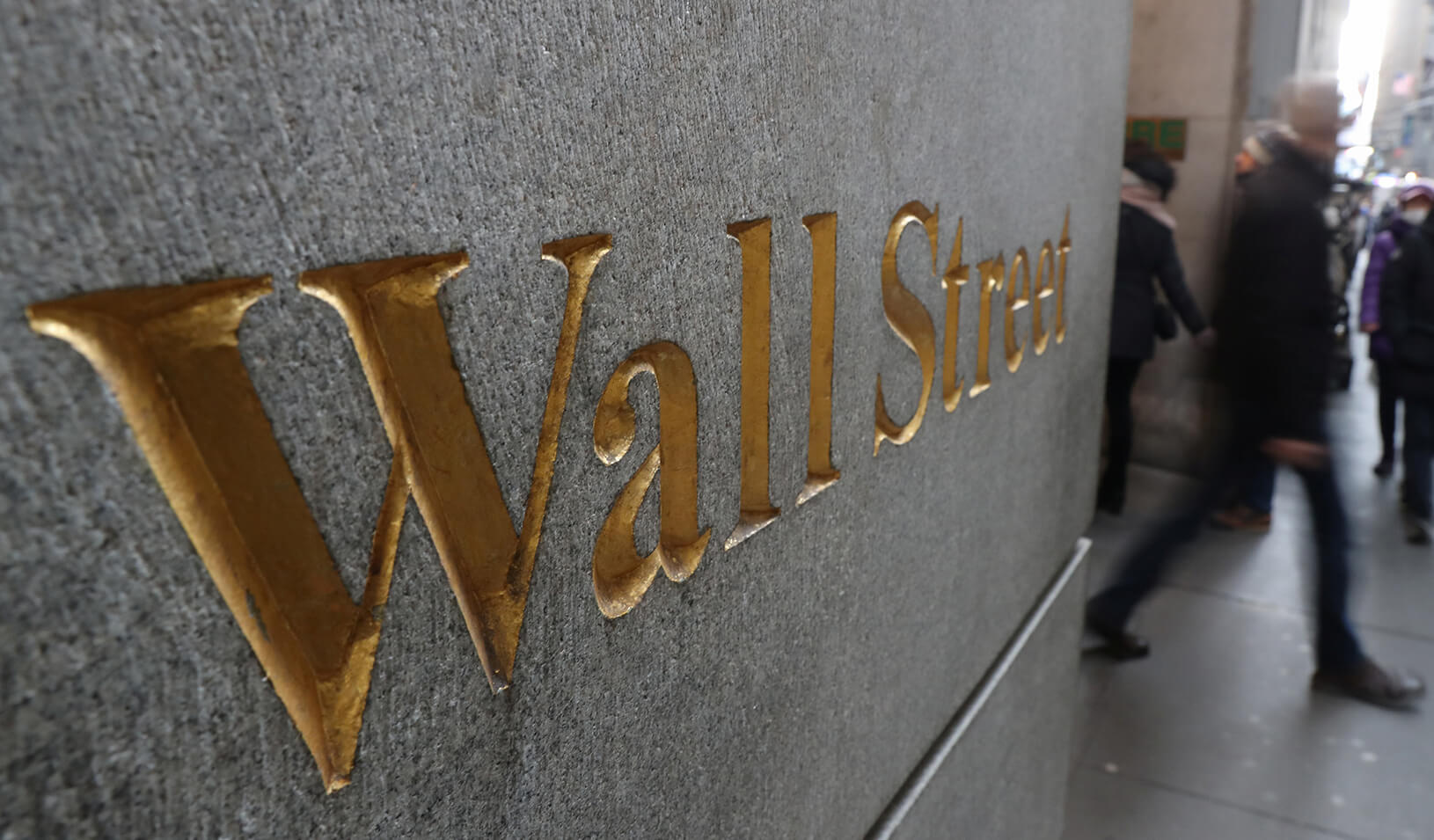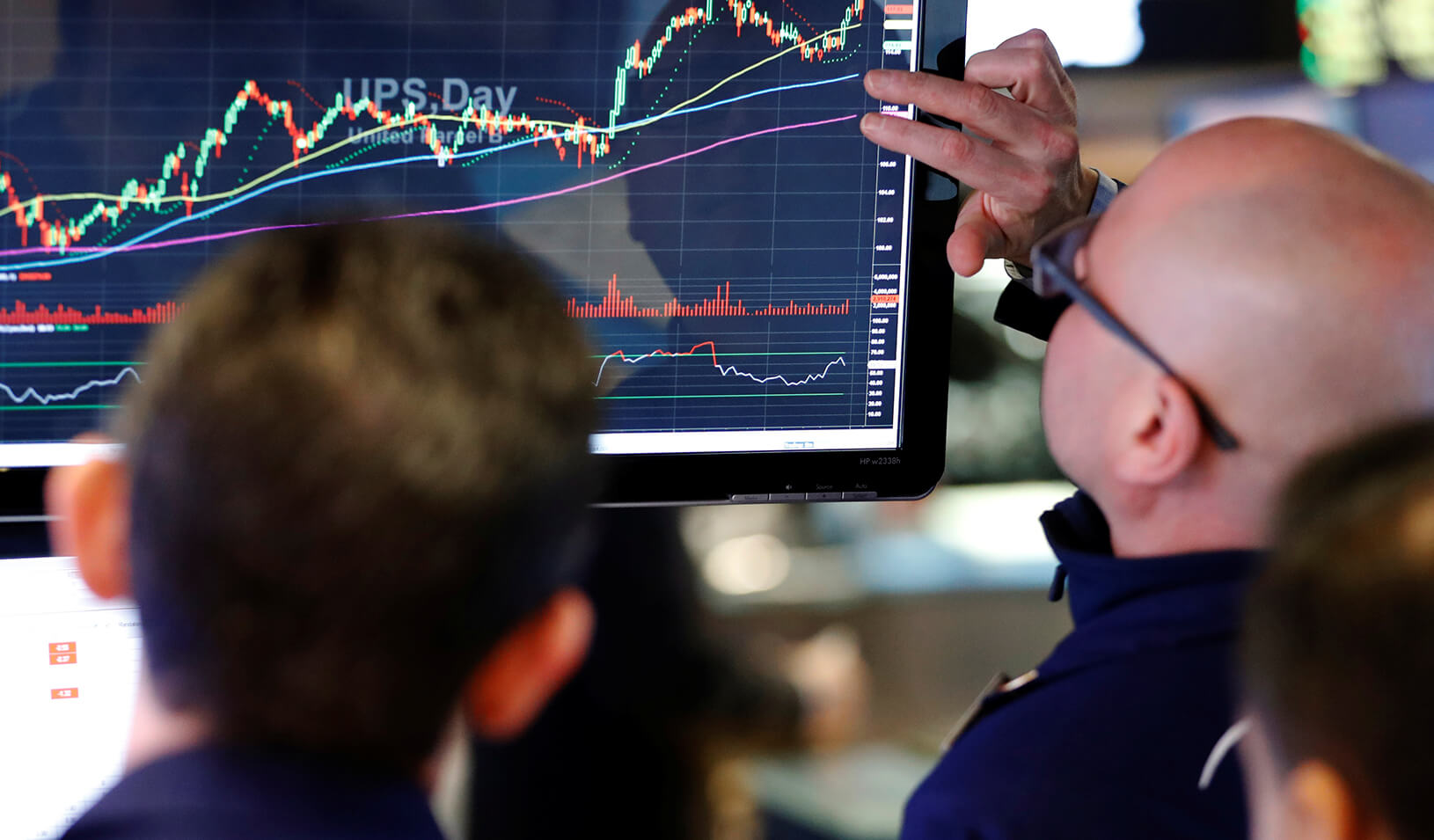
Private companies like Lyft and Uber offer their employees private stock as a way to retain talent.| Reuters/Chris Helgren
Multibillion-dollar IPOs are the stuff of legend in Silicon Valley, but more and more startups are opting to stay private for years. And because those companies are private, stock options, the best weapon in the battle to attract and retain high-performing employees, are no longer available to them.
But a new trend is taking root in the tech economy: Pre-IPO companies are allowing employees to sell their equity stakes on private-company marketplaces, lightly regulated exchanges that bring buyers and sellers together.
“Companies are staying private longer, but, like public companies, they want to use equity as a tool to retain employees,” says David F. Larcker, a professor of accounting at Stanford Graduate School of Business.
And while these awards offer obvious benefits to both companies and employees, they also come with transparency risks and some longer-term questions about the health of the U.S. public market.
Early Days
Despite the outsize attention paid to companies that perform successful public offerings, the time it takes the average company to go public has lengthened dramatically. In the period between 1996 and 2000, the average age of a company completing an initial public offering was six years. But in the decade following the financial crisis of 2008, the average company has waited 10 years to go public, a time lag that has fueled the move to pre-IPO equity awards, Larcker says.
Ten years is a long time to wait for a reward, so rather than risk having employees depart for more lucrative pastures, companies are awarding equity stakes. It’s still early days for this trend; in 2017 the four most important private-company marketplaces completed somewhat more than $4 billion in transactions, according to research by Larcker and two colleagues, Brian Tayan, a researcher at the business school, and Edward Watts, a PhD student in accounting at the business school.
By way of comparison, the value of stocks traded on the 201-year-old New York Stock Exchange averaged more than $32 billion per day in October of last year.
“We’re just at the front end of this trend, and it’s likely to grow,” Watts says.
Risk and Reward
For employees, there are obvious benefits to equity awards. They “allow employees to take a certain amount of risk off the table,” Tayan says. Although IPO money is attractive, there’s never a guarantee that a young company will go public or that its shares will rise above the price at which they’ve been awarded, he says. Selling not only puts money in employees’ bank accounts well before an IPO, it allows them to diversify their holdings and reduce the overall risk to their personal wealth.
However, the equity awards come at a price.
Securities sold through private-company marketplaces are not registered with the SEC and are not required to comply with its disclosure practices. From the investor’s point of view, the lack of transparency implies a level of risk that might not exist in a public market. As a result, employees are forced to sell their shares at a substantial discount to the price they might sell at after an IPO. The exchanges also charge a fee of about 5% per transaction, substantially more than the fee buyers and sellers pay on a traditional exchange.
From the issuing company’s point of view, shares are an important mechanism to retain and recruit high-performing employees, particularly in a hot labor market, says Tayan. There may be a downside, though. “Once employees have taken money off the table, there could be an adverse effect on motivation,” says Larcker. “It’s a delicate balance.”
Several Trends to Watch
While equity awards aren’t new, these private-company marketplaces are a fairly recent phenomenon. “The pre-IPO marketplace has traditionally been dominated by networks of venture capital firms, private placement agents, brokers, and banks,” the researchers note. “These markets have historically been fragmented and opaque, severely limiting access and transparency for potential investors.”
The volume of transactions completed by Nasdaq Private Market and SharesPost, two of the largest private-company markets, grew by 300% and 200% respectively in 2017, Watts says. Although these private markets are a good deal less transparent than exchanges like the New York Stock Exchange, they offer more information to investors interested in buying on a private exchange than was available in the past, he argues.
But beyond the rise of private-company marketplaces is a larger issue: Why are companies less eager to go — or stay — public than in the past? In 1996 there were 7,322 domestic companies listed on U.S. stock exchanges, while in 2017 there were only 3,671, wrote Jason Thomas, research director of The Carlyle Group, in a Wall Street Journal commentary last year.
Why that’s occurring isn’t altogether clear, Larcker says. But the availability of financing via private equity and sovereign funds allows companies to raise capital while staying private. “If you don’t need access to the public markets, why go public?” he says. The costs of complying with the regulations required of public companies are burdensome, both in terms of the financial overhead and the demands on management’s time and attention, many executives complain. Some major companies, including Hilton Worldwide Holdings and H.J. Heinz, have even bought out their shareholders and gone private.
Indeed, as more companies offer private stocks, it will be important to study the reasons and consequences of their popularity. Why are companies staying private? Will these new marketplaces exacerbate this trend? And what impact does this have on investor returns and distribution of wealth between private company investors and public company investors?
The findings of the Stanford GSB researchers are summarized in a paper published by the Stanford Closer Look Series: “Cashing It In: Private-Company Exchanges and Employee Stock Sales Prior to IPO.”
For media inquiries, visit the Newsroom.






